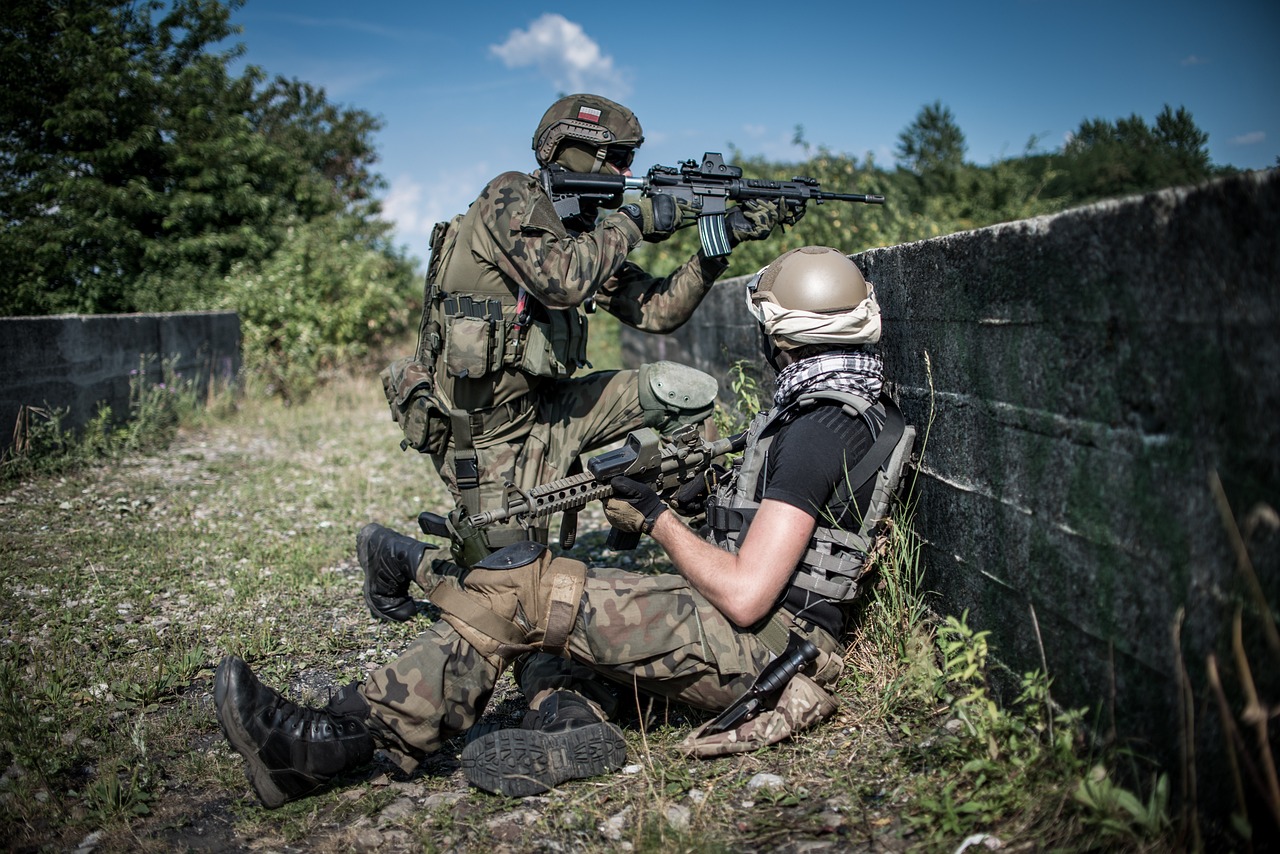
Key Impact
Key Impact of Real-Time Reporting on Public Opinion. Real-time reporting on President Donald Trump’s unilateral military strike on Iranian nuclear facilities has significantly shaped public opinion concerning executive power and congressional authority. Immediate news coverage exposed the complexities and legal ambiguities surrounding the War Powers Resolution and the President’s ability to act without congressional approval. This rapid dissemination of information heightened public awareness and debate about the erosion of congressional war powers, influencing how citizens perceive the balance of power in U. S. foreign policy decisions.
Legal Ambiguities Amplified by Instant News Updates
The lack of clear Supreme Court rulings on the legality of preemptive strikes without congressional authorization became a focal point in media narratives. Real-time reports highlighted that the last relevant Supreme Court precedent dated back to the Civil War, emphasizing Congress’s sole war-declaring authority but allowing presidential action when the U. S. is attacked. Since no formal war declaration exists for recent conflicts, news coverage pointed out the reliance on the Justice Department’s Office of Legal Counsel (O. L. C.) opinions, which are advisory and not legally binding. This immediate exposure helped the public understand how Presidents, including Trump, justify military actions based on past O. L. C. memos rather than clear legal mandates.
Congressional Responses Shaped by Public Pressure
Live updates on congressional debates following the strike revealed a split among lawmakers about enforcing the War Powers Resolution of
1973. Media attention on House Speaker Mike Johnson’s opposition to new resolutions restricting Trump’s military actions illustrated political resistance to limiting executive power. This real-time reporting allowed the public to witness the legislative process in action, affecting public sentiment about Congress’s willingness and ability to check the President. The media’s focus on congressional hesitance underscored concerns about declining legislative oversight in matters of war.

Executive Branch Justifications Under Media Scrutiny
President Trump’s letter to Congress, released shortly after the strikes, was analyzed extensively in news cycles. Journalists highlighted how Trump’s language echoed O. L. C. criteria: the strikes were “discretely targeted, ” “limited in scope and purpose, ” and involved no ground troops, framing the operation as below the threshold of war requiring congressional approval. Real-time analysis made these legal justifications accessible to the public, influencing opinions on the legitimacy of executive military actions. Additionally, coverage of expert opinions, such as Harvard Law Professor Jack Goldsmith’s views on the broad interpretation of “national interests” and “collective self-defense, ” provided data-driven context that shaped public understanding.
Risks Unchecked
Risks of Unchecked Presidential Power Highlighted Immediately. Real-time reporting also brought attention to potential risks associated with the expanding executive war powers. Coverage of a leaked Defense Intelligence Agency report indicating the strike had not fully destroyed Iran’s nuclear capabilities raised public concern about the possibility of repeated military actions. Such news amplified fears that without congressional checks, the President might continue to use military force unilaterally, potentially escalating conflicts. This immediate feedback loop between government actions and public awareness underscores how real-time media influences perceptions of accountability and restraint in the use of military power.
Courts and Public Perception of War Powers Limitations
Live coverage noted that courts generally avoid intervening in war powers disputes, framing them as political rather than legal issues. This judicial restraint, combined with media reports on Congress’s reluctance to assert authority, painted a picture of nearly unchecked presidential power. Real-time updates on these institutional dynamics informed public opinion about the limitations of legal recourse and the importance of political will in restraining executive actions. The media’s role in highlighting these gaps has prompted calls for stronger congressional engagement and clearer legal frameworks.

Implementation Checklist
Checklist of Further Reading Links. – War Powers Resolution of 1973 text and congressional history. – Office of Legal Counsel opinions on executive military authority. – Harvard Law Professor Jack Goldsmith’s analyses on war powers. – Defense Intelligence Agency reports on Iran nuclear facility strikes. – Supreme Court rulings related to war declarations and presidential powers. – Congressional debate transcripts on recent War Powers Resolution proposals. – Legal critiques and commentaries on the use of military force without approval. – Historical cases of presidential military actions without congressional consent. – Media coverage archives of Trump Administration’s Iran strikes. – Analysis of the balance between national security and constitutional law. This case study demonstrates how real-time reporting plays a pivotal role in shaping public opinion on complex constitutional issues like war powers. By providing immediate access to legal interpretations, legislative debates, and expert insights, the media influences how citizens evaluate the legitimacy and consequences of unilateral executive military actions under President Donald Trump’s administration.




